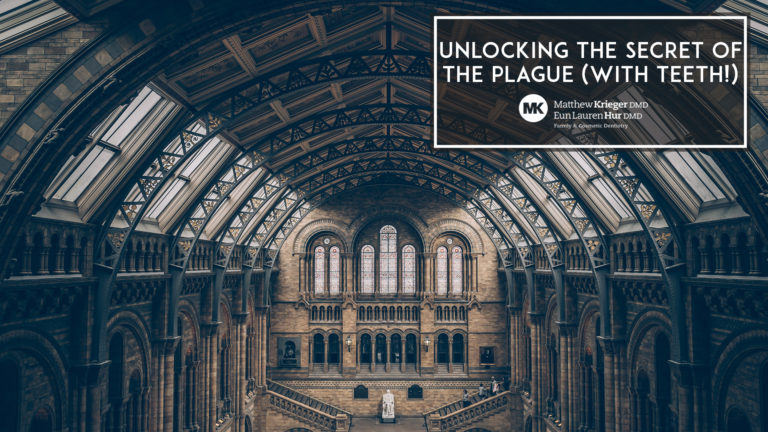As long as recorded human history has been around, people have been trying to improve their smiles. Today you have your pick of safe, healthy and tested teeth-whitening treatments available from your dentist, but your ancestors and those before couldn’t just make an appointment with a licensed professional. Instead, people have relied on some pretty bizarre (and downright disgusting!) methods to whiten and brighten their teeth.
Ancient Romans, however, lacked such options. They didn’t know why urine worked as a teeth-whitening treatment, and most probably didn’t mind or care. Immortalized in writing and medical texts from the time, it’s now known that urine brightens teeth because the main ingredient, ammonia, is a powerful bleaching agent.
The ancient Egyptians were known to rub a mixture of vinegar and pumice stones onto their teeth to polish and whiten them — the acid in the vinegar would strip away biofilm and leave teeth brighter, while the manual abrasion from the stone would wear away staining and minor cosmetic imperfections.
Meanwhile, across the globe, people have historically relied on frayed sticks and branches for chewing and as a substitute for toothbrushes to obtain brighter, whiter smiles.
Barbers would manually file down teeth and apply an acid paste to keep teeth looking bright and healthy. Unfortunately, the cosmetic acts carried out by these semi-professionals only served to make teeth LOOK healthy for a time — in the long term, the acid and manual erosion caused by filing actually damaged healthy teeth, leading to decay and crumbling.
Urine
Have you ever thought of using your own urine to obtain a brighter smile? If you answered “yes,” there’s a pretty good chance you’re either a citizen of Ancient Rome or a feckless, neo-holistic zealot searching for all-natural, DIY remedies. If you’re the latter, there are many good reasons to NOT use your urine (or anyone else’s) to whiten your smile, not least of which is that urine is sterile only until it leaves the body — we can discuss gentler, more environmentally friendly options with you at your appointment, if you so choose.Ancient Romans, however, lacked such options. They didn’t know why urine worked as a teeth-whitening treatment, and most probably didn’t mind or care. Immortalized in writing and medical texts from the time, it’s now known that urine brightens teeth because the main ingredient, ammonia, is a powerful bleaching agent.
Sticks and Stones
Imagine scraping your teeth with a gritty pumice stone, the same kind the spa uses to remove dead skin from your feet. Now think about the sensation of chewing on a stick to get your teeth sparkling and clean. Neither option is all that appealing, and we should all be glad these ancient remedies for whitening teeth are in the past.The ancient Egyptians were known to rub a mixture of vinegar and pumice stones onto their teeth to polish and whiten them — the acid in the vinegar would strip away biofilm and leave teeth brighter, while the manual abrasion from the stone would wear away staining and minor cosmetic imperfections.
Meanwhile, across the globe, people have historically relied on frayed sticks and branches for chewing and as a substitute for toothbrushes to obtain brighter, whiter smiles.
Just a Trim (and Teeth Whitening!) Please
Your cosmetologist or barber might be great at bleaching your hair, but please don’t trust them to bleach your teeth! From around the 13th century until the practice of dentistry came into its own in the mid-18th century, barbers were the people to see if you had a problem with your teeth. They’re also the ones who were charged with the task of whitening your smile.Barbers would manually file down teeth and apply an acid paste to keep teeth looking bright and healthy. Unfortunately, the cosmetic acts carried out by these semi-professionals only served to make teeth LOOK healthy for a time — in the long term, the acid and manual erosion caused by filing actually damaged healthy teeth, leading to decay and crumbling.


